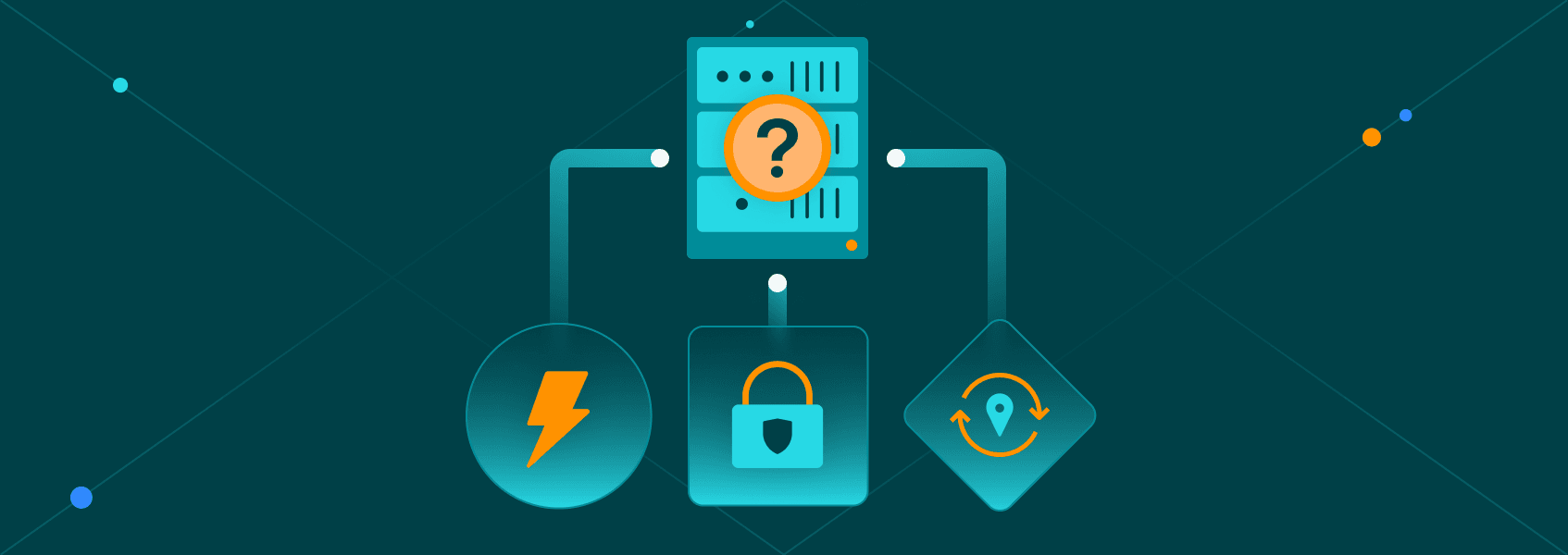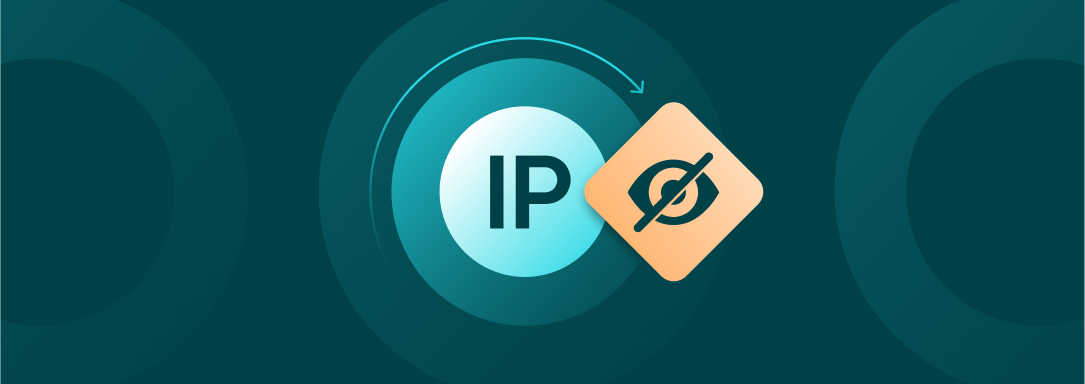What Is Screen Scraping? Definition, Techniques & Tools
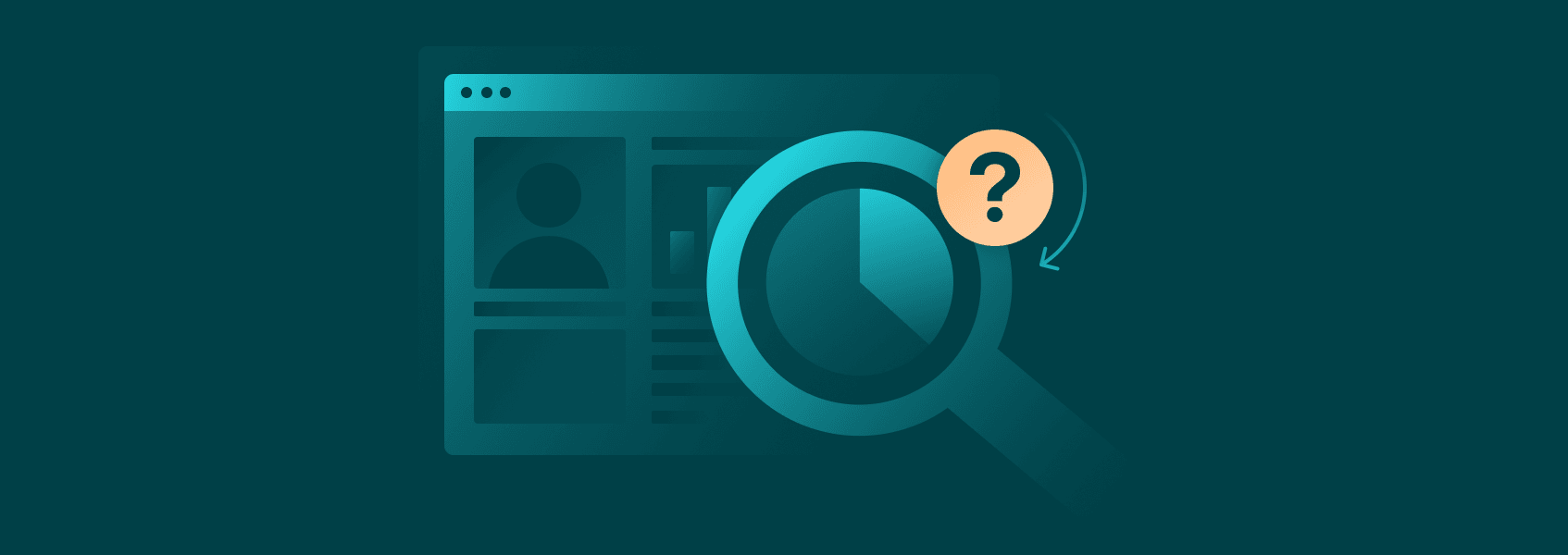

Milena Popova
In This Article
- Screen Scraping Use Cases
- What Are Screen Scraping Techniques?
- Is Screen Scraping Illegal?
- Can Screen Scraping Be Detected?
- Pros and Cons of Screen Scraping
- What’s the Difference Between Screen Scraping and Web Scraping?
- What’s the Difference Between Screen Scraping and API
- Screen Scraping Tools
- Conclusion
Screen Scraping is a method for data extraction from modern websites or legacy systems. Unlike web scraping, it predates the modern World Wide Web and was used with the early text terminals to share information. Generally, screen scraping is used as a last resort, giving way to more contemporary scraping techniques, like HTML parsing.
Many still use screen scraping to convert image data in legacy systems or archives. Investment banks used it to gather data from financial information providers like Reuters as early as the 1980s. Because many archives are available in image format and are inaccessible via APIs, screen scraping is still actively used to migrate information from old to new systems, old data aggregation, and some banking apps.

Simultaneously, bad actors use screen scraping to steal user data from unsecured applications or mine it from social media. Because screen scraping does not have robust data security protocols , financial institutions, and reputable software programs are advised against using it to streamline data extraction. But many still do, so let’s overview screen scraping pros and cons and use cases nowadays.
Screen Scraping Use Cases
Screen scraping software is still actively used today to extract visual data from old legacy systems, enable data sharing in the financial sector, and gather displayed data from websites. Let’s overview the most common screen scraping use cases in detail.
Banking Operations
One of the most common screen scraping use cases is client account information verification by third parties. For example, a business aims to issue a loan or do an affordability check for a specific purpose that requires a credit score rating.
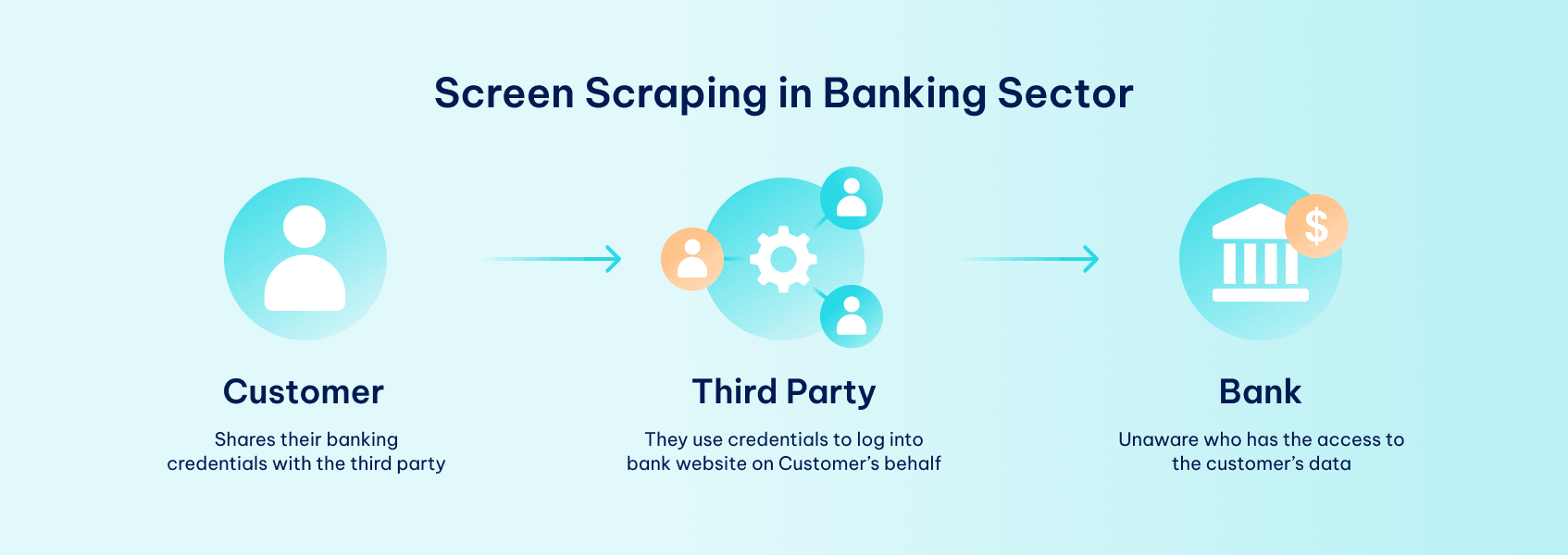
Such companies may use screen scraping software to access clients’ financial records and obtain details necessary for verification. However, due to data safety regulations like GDPR, using APIs to share data risk-free is preferable.
Data Storage
Like web scraping, screen scraping efficiently extracts data to store on other devices. The most significant difference is that web scraping primarily targets HTML websites , and most web scrapers are good only with operations that require JavaScript or Python code. That does not make them suitable for extracting big data from archives that predate the World Wide Web.
Simultaneously, screen scraping allows data from legacy databases to be transformed into more modern storage formats to create better and up-to-date archives.
Business Intelligence Monitoring
Web information gathering is paramount in the contemporary competitive digital market. Using a screen scraper is viable to assist broader web scraping operations to retrieve data faster with fewer errors.
Many shops and retail websites display visual data that contains pricing details, product reviews, discount details, etc. In this case, screen scraping is used for price and review monitoring, user sentiment analysis, and scalable business intelligence gathering for further research.
Ad Verification
Advertisements cost a lot of money and fail to generate return value without adequate placement. More so, some shady businesses sell expensive ad space only to scam clients by placing them in the wrong place or for a limited time.
Screen scraping is used for ad verification to double-check whether their appearance meets the agreed demands. It will quickly outline ads placed on the website, duration, language, content, and other vital criteria.
User Action Simulation
Simulating user action was essential to extract data from old text terminals that cannot process more advanced information-sharing requests. That’s why screen scraping involves simulating user action on chosen systems asking for specific information. This technology is carried through, and user action simulation is a part of screen scraping , whether for the good or bad.
What Are Screen Scraping Techniques?
There are a few ways a screen scraper catches data. A screen scraping tool, Screen Scraper Wizard (a UiPath feature), uses three methods. They differ in the ability to extract data from different formats, speed, and accuracy.
The FullText method lets users catch data from chosen documents and user interface elements. It also captures hidden text, which can be turned off to minimize the results if such information is not required. The UiPath rates the FulLText screen scraping method the fastest with perfect accuracy rates.
The second method is called Native, which extends information extraction to applications . Like FullText, it also extracts data from images (this time, apps) but also marks each word’s coordinates on the screen. The Native method cannot extract hidden text, is slightly slower, and only supports apps built with a Graphics Device Interface (GDI.) However, it opens numerous cross-platform sync capabilities to let different apps share information, similar to APIs.
Lastly, there’s the Optical Character Recognition (OCR) method.
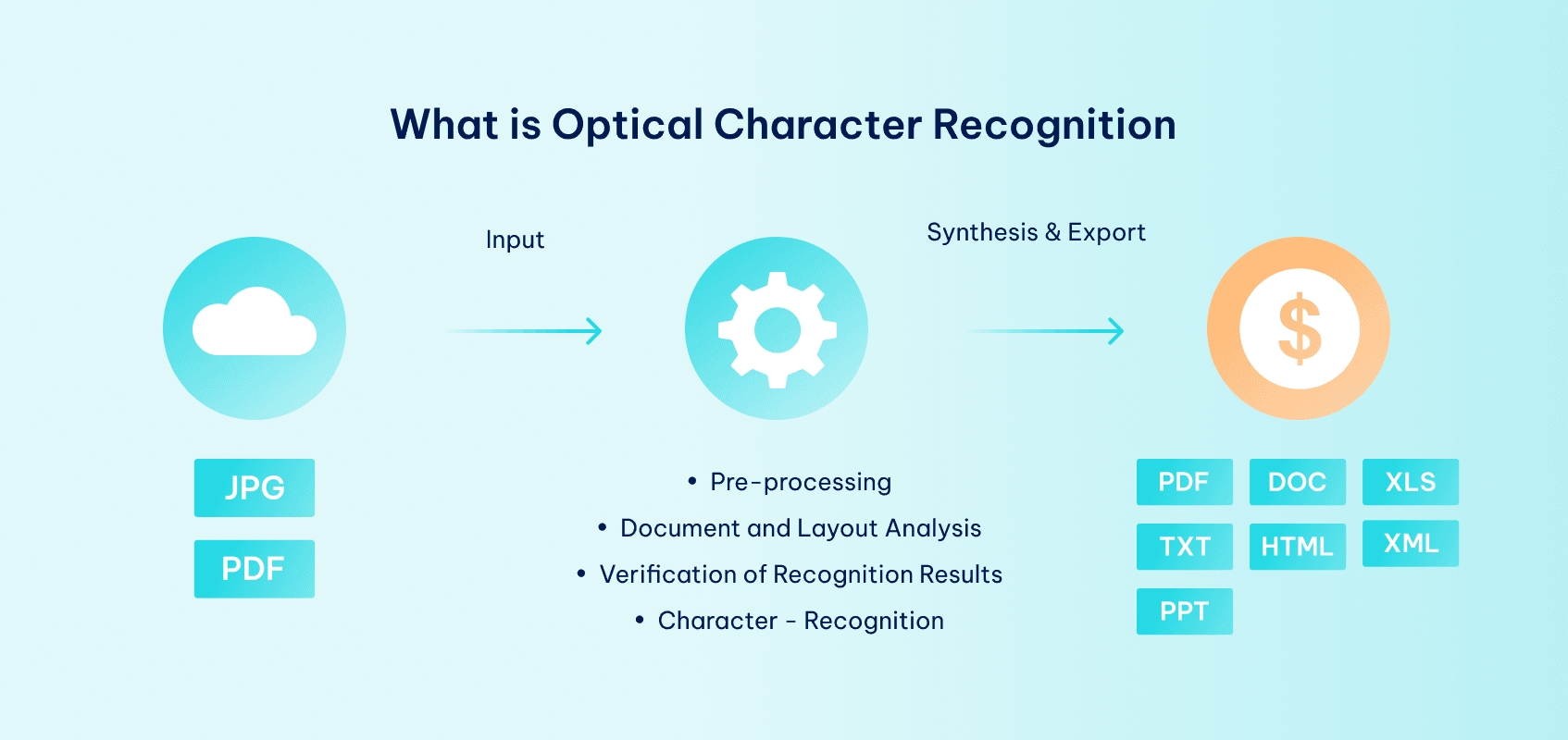
Compared to web scraping, this much broader technology converts images to data readable to machines. AI-powered OCR programs streamline Big Data conversion for AI algorithm training. It’s also used by businesses worldwide, including healthcare, to organize patient data, law enforcement (for example, catching license plate data from surveillance cameras), robotics, and many more.
Is Screen Scraping Illegal?
No, screen scraping is not illegal , but it must be done cautiously. It has the same rules as web scraping that must abide by privacy laws established by the General Data Protection Regulation (GDPR), the California Consumer Privacy Act (CCPA) in the US, and other regional regulations in most countries.
To summarize, it’s essential to refrain from scraping personally identifiable information (name, address, IP address, etc.), copyrighted data, and information locked behind a password. For example, scraping publicly available user reviews is perfectly fine; meanwhile, if a website posts genuine user reviews on forums requiring a login and password, scraping them is highly inadvisable.
It’s worth noting that on many occasions, businesses or website owners cannot stop you from scraping the data. However, most outline data-sharing policies in the robot.txt file , which you should inspect before starting web scraping. You may remain safe while gathering data without abiding by established rules, but sooner or later, you may be fined by government officials, resulting in a lengthy and expensive lawsuit. To be safe, we recommend checking legitimate data scraping use cases .
Because online privacy is particularly sensitive, we advise following screen scraping legal practices closely.
Can Screen Scraping Be Detected?
Yes, the lack of anonymity and privacy features is one of the screen scraping critiques. Although web data extraction is widely and legally used, many websites implement strict anti-scraping systems to maintain a competitive advantage.
It’s worth noting that a lot of websites denying business intelligence access participate in web scraping. Here are a few ways how website managers limit access to its content.
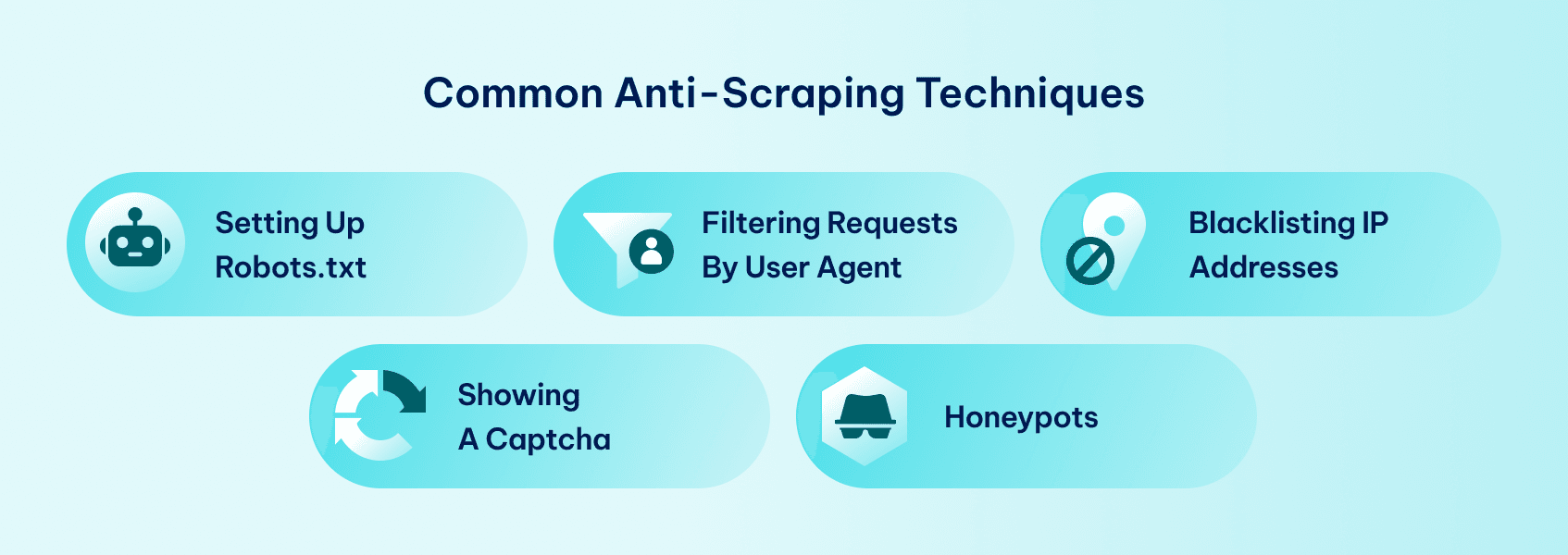
One way is to monitor information requests coming from the same IP address . Your scraper will send dozens of requests within a short time if you do not combine it with residential proxies to regularly rotate the IP address. The website’s anti-scraping system will flag it as suspicious because a genuine visitor does not make that many requests quickly. They can either block the IP or issue Captchas to verify authenticity.
That brings us to a second anti-scraping tool - Captchas. These online tests are designed to separate human users from automated software , like various web scrapers. Once again, screen scraping has the upper hand because mimicking user behavior has been there since the early stages.
Lastly, websites can lock the data behind a password. This does not prevent screen scraping but pushes it to the legal twilight. As discussed, automatically gathering data behind a password is not a good idea. Remember that you manually accept the website’s Terms of Service during account creation. You skip this step, automating the process, which can have negative consequences later.
Pros and Cons of Screen Scraping
To give you a better view, we’ve gathered the most significant screen scraping technology benefits and setbacks in the table below.
| Pros | Cons | Best for |
|---|---|---|
| Beginner-friendly | Limited customization | Data scraping beginners and limited visual data gathering |
| Affordable | – | Anyone prioritizing cheap prices |
| Highly accurate | Narrow data targeting | Suitable only for accurate data capture from images |
| Fast | High detection rates | Best for scraping public data without robust privacy demand |
| Scrapes old data | Hard to analyze | Screen scraping does not interpret data |
What’s the Difference Between Screen Scraping and Web Scraping?
Although both methods have the exact same goal of capturing data from one medium to be used in another, they have significant differences.
Firstly, web scraping retrieves information from websites using a programming language. One of the most popular is scraping with Python , but JavaScript follows as it is one of the leading website programming languages. In contrast, screen scraping is primarily used to get data from application interfaces and image files that are incompatible (or require too much effort) with other scraping methods.
Another key difference is that screen scraping produces a lot of errors if the document it scrapes is changed . For example, web scraping easily adapts to website changes by analyzing the HTML code and locating required elements, even if they change place. Screen scraping is best for fixed images and will most likely not gather accurate data if the website restructures.
Otherwise, they are very similar, but knowing the difference will help you choose the correct one for specific tasks.
What’s the Difference Between Screen Scraping and API
Like the previous chapter, we must begin by stating that screen scraping and API technologies are similar. However, the former is focused on data retrieval , while the latter is optimized for real-time data sharing.
Application Programmable Interface (API) is a two-way data-sharing agreement. For example, a news site aims to provide accurate weather forecasts. They contact the meteorological station that shares its API with the website to share real-time weather-related data. This way, once the forecast is updated, it will automatically appear on the website , which is highly comfortable for users and one of the critical elements of modern websites.
However, APIs are limited and cannot capture data that are not agreed upon. Screen scraping can capture real-time information only if the website has no anti-scraping mechanism. Furthermore, it will be slower and require additional data parsing and interpretation. On the other hand, it can extract any useful information , as long as you legally do it from images.
Screen Scraping Tools
Although new and efficient web scraping tools appear annually, screen scraping will likely remain relevant due to its unique use cases, like working with old data. Here are three reliable screen scraping services:
- UiPath
This Romanian software development giant works with robotic process automation, but you don’t have to be a scientist to use UiPath . This app offers a Screen Scraping Wizard and online guides for visual data capture. We must warn you that this tool is costly and suited only for scraping professionals.
- Existek
Existek is there to help you migrate data from legacy CRMs that are not compatible with APIs. Contact these software development professionals for a screen scraping program customized to your specific needs.
- Diffbot
Diffbot is excellent for scraping market data from graphs and millions of business websites included in its vast database. Furthermore, it uses AI to eliminate errors and is compatible with proxies for bulk extraction.
Conclusion
Screen scraping has unique use cases that make it relevant in our current digital landscape. However, faster and more reliable web scraping tools often outshined it, leaving it at the periphery. We recommend relying on screen scraping as a last resort program or whenever you require working with legacy system data . Lastly, screen scraping is limited to images and will not produce accurate results with other media but may outperform other web scrapers regarding visual files.

Author
Milena Popova
Content Writer
With nine years of writing experience, Milena delivers exceptional content that informs and entertains readers. She is known for her reliability, efficiency, and cooperative nature, making her a valuable team player. Milena’s passion for IT and proxy networks fuels her content creation, ensuring accessibility for all. Outside of work, you’ll find her reading a good book or keeping up with the ever-evolving world of IT.
Learn More About Milena Popova
